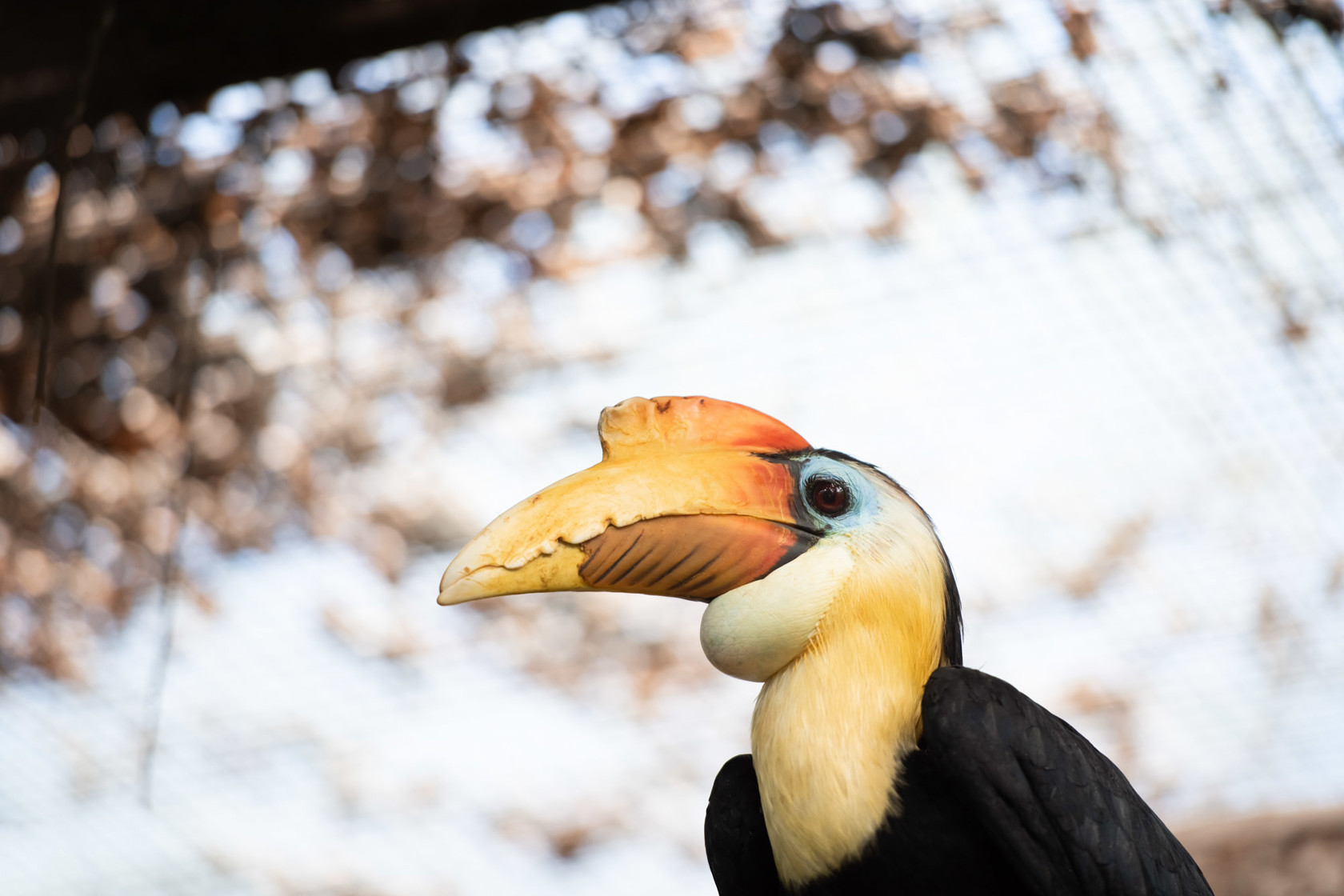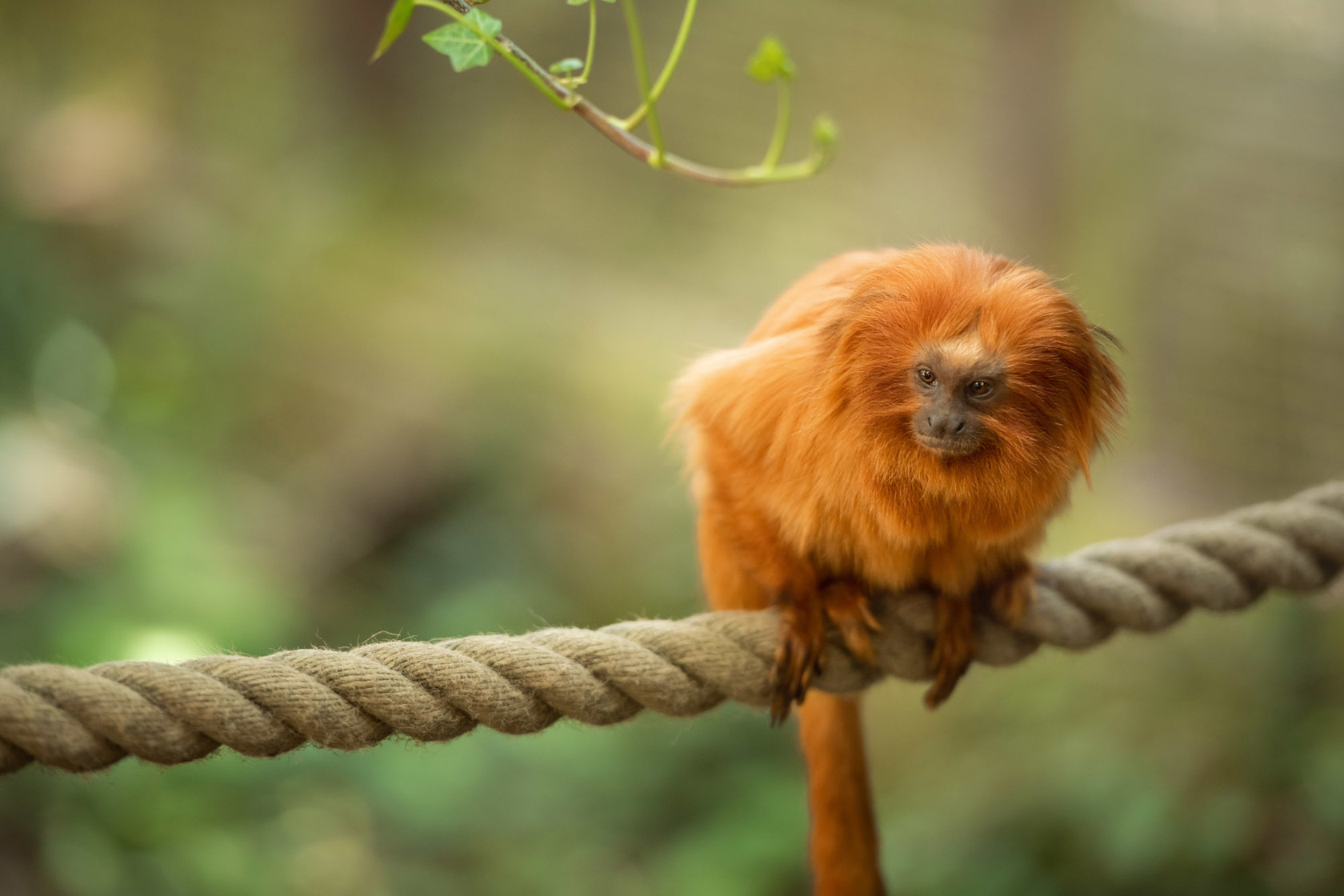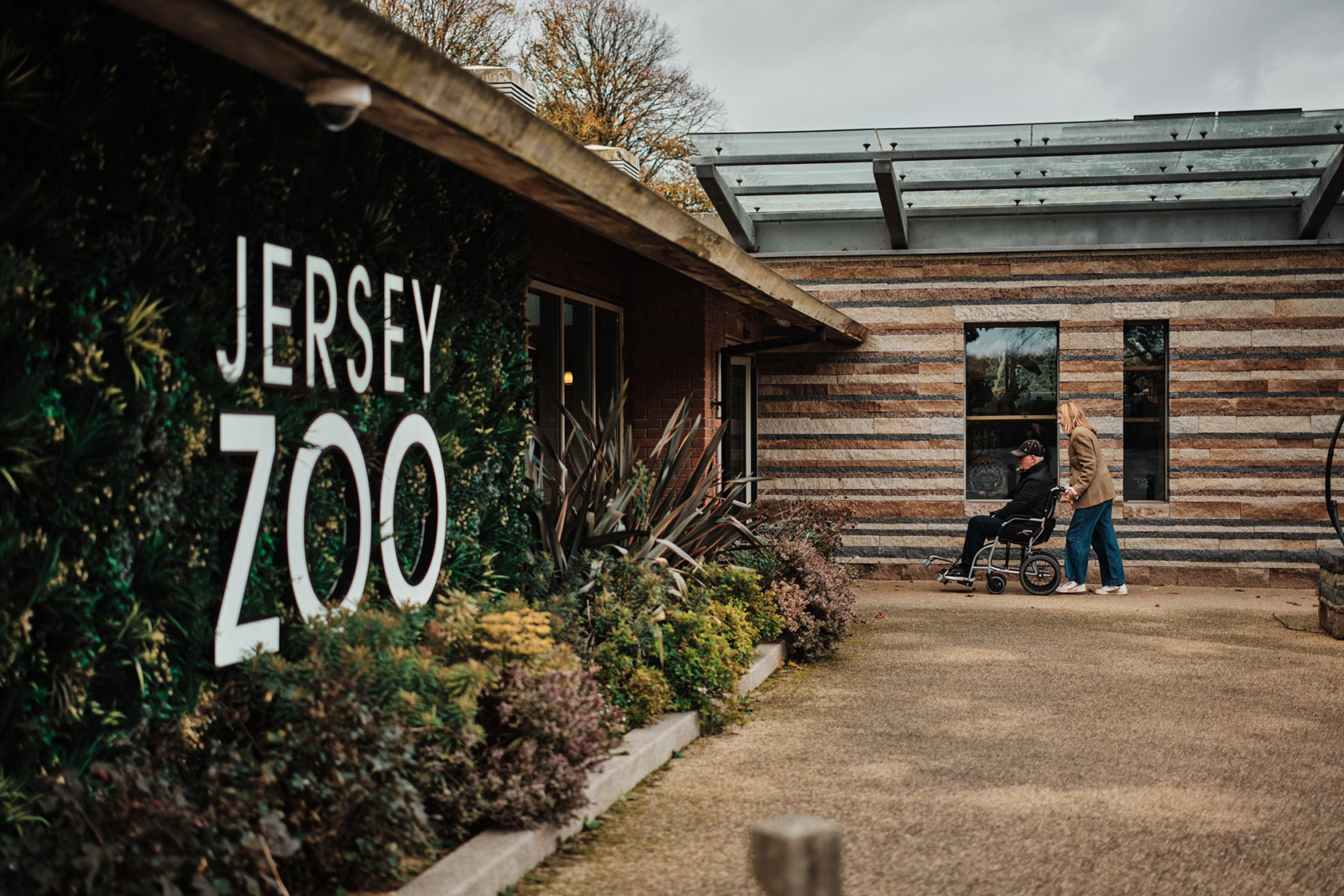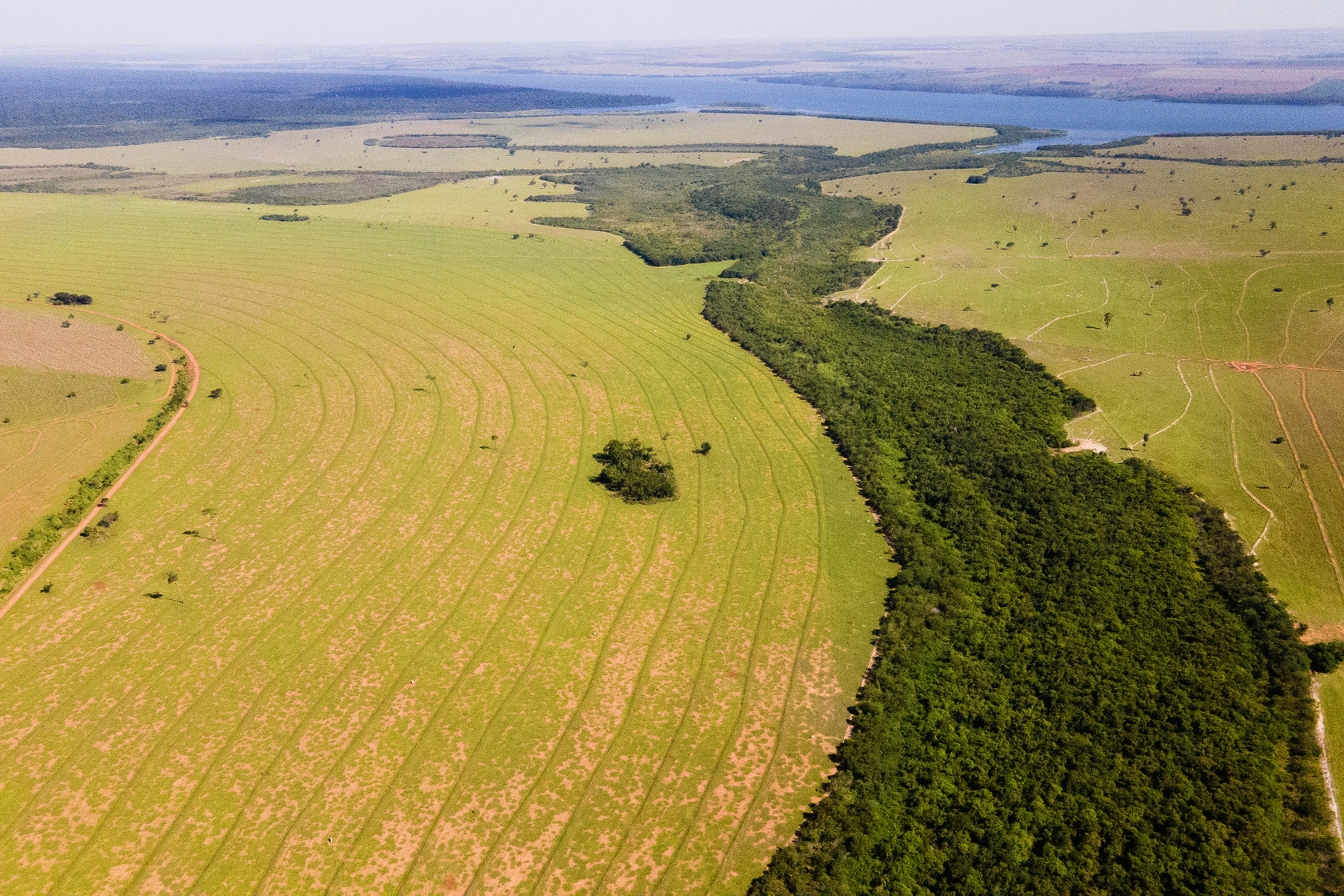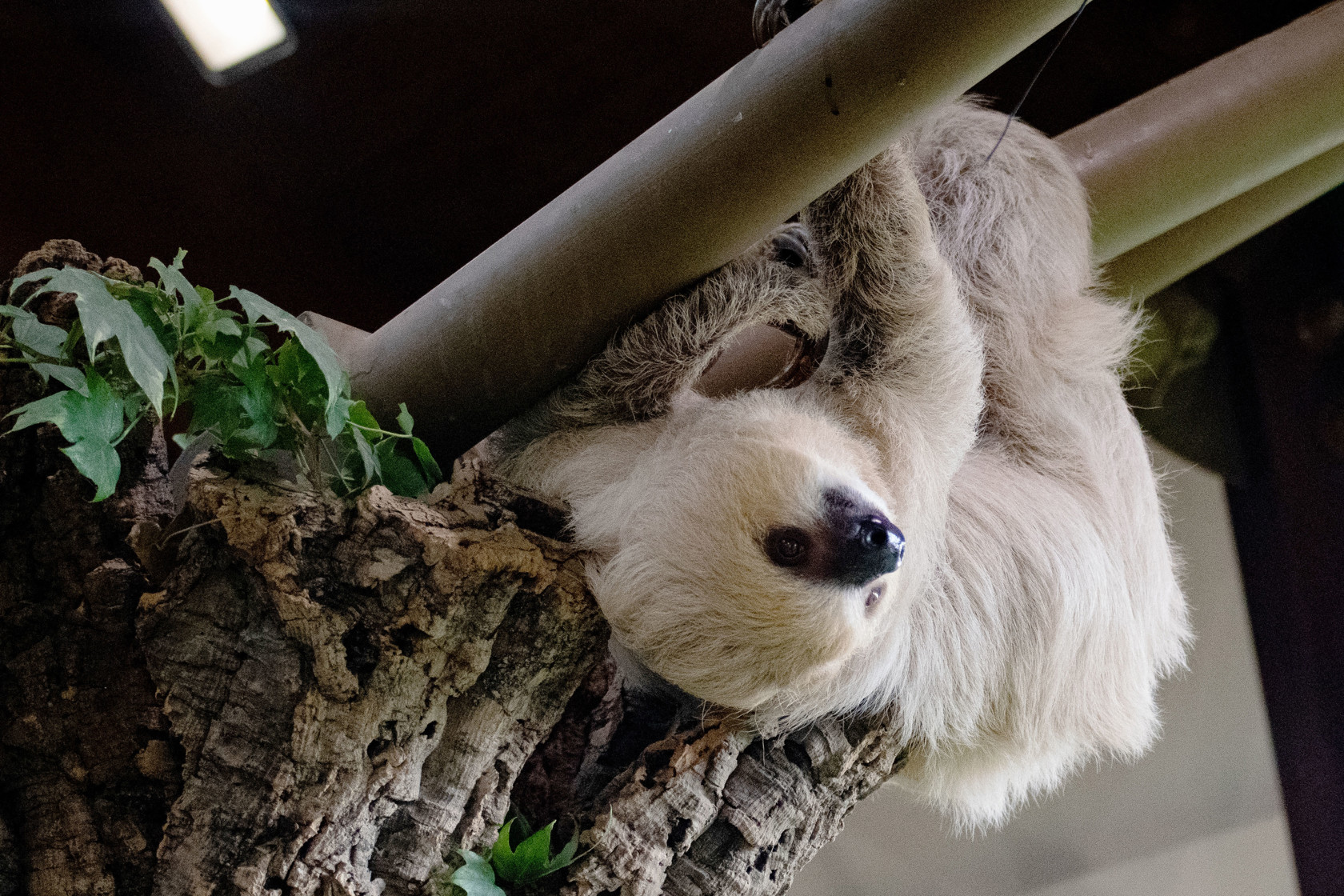Galápagos rail documented on Floreana Island for first time in 190 years
25 March 2025
The discovery of a population of Galápagos rail on Floreana Island, the first documented in 190 years, is a promising sign following the removal of invasive species from the island.
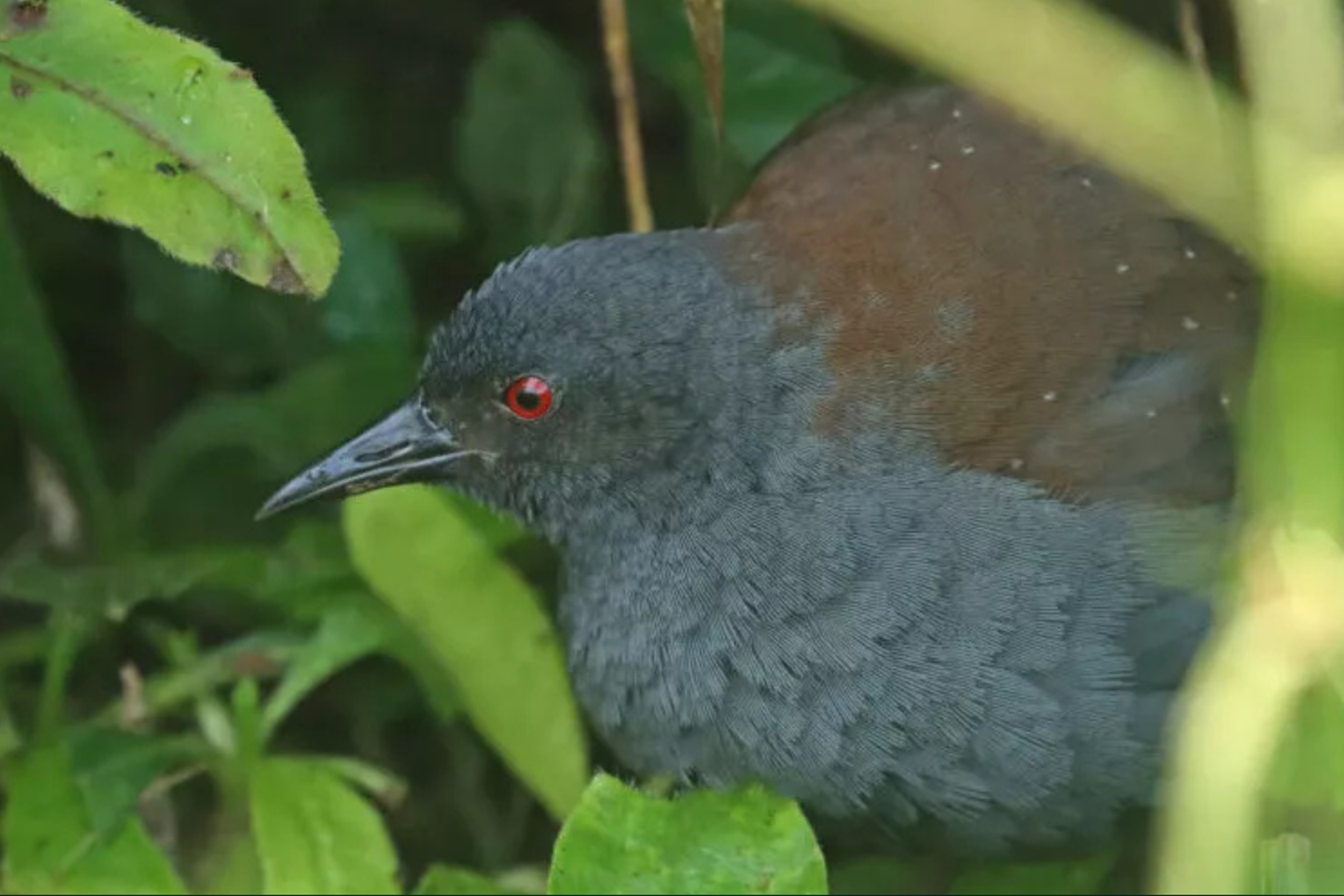
The observations Charles Darwin made during his 1835 visit to the Galápagos Islands give us a snapshot of what the archipelago looked like almost 200 years ago. He recorded the presence of a small, secretive bird on Floreana Island: the Galápagos rail. After his visit, it was never seen on the island again—until now.
Just two years ago, Durrell and partners; Island Conservation, the Dirección del Parque Nacional Galápagos (DPNG), Galapagos Biosecurity Agency (ABG), Fundación Jocotoco, and the Charles Darwin Foundation (CDF) launched the large-scale Floreana Island Restoration Project after years of preparation. By removing invasive species that devastated native wildlife for generations, we’ve created a safe environment for species to recover and once again thrive.
The Galápagos rail, a land-bird endemic to the archipelago, has been severely impacted by invasive species. It dwells on the ground, where it is extremely vulnerable to predators and relies on dense, lush vegetation to hide in. But, despite its Vulnerable conservation status, it is a resilient and resourceful little bird.
It hasn’t been long since the Floreana Island Restoration Project began, but the rails have already decided it’s time to show themselves on Floreana Island.
During their most recent annual landbird monitoring expedition on the island, the CDF research team and DPNG rangers recorded the bird’s presence at three distinct sites. That’s enough to call them a real population. The birds were present away from human habitation and agriculture, in a grassland shaded by guava trees. Confirmed findings include six acoustic records, two visual sightings, and one photograph. And it isn’t a coincidence that they’re back now—the site has been monitored for the Galápagos rail consistently since 2015, and this is the first year they’re back.
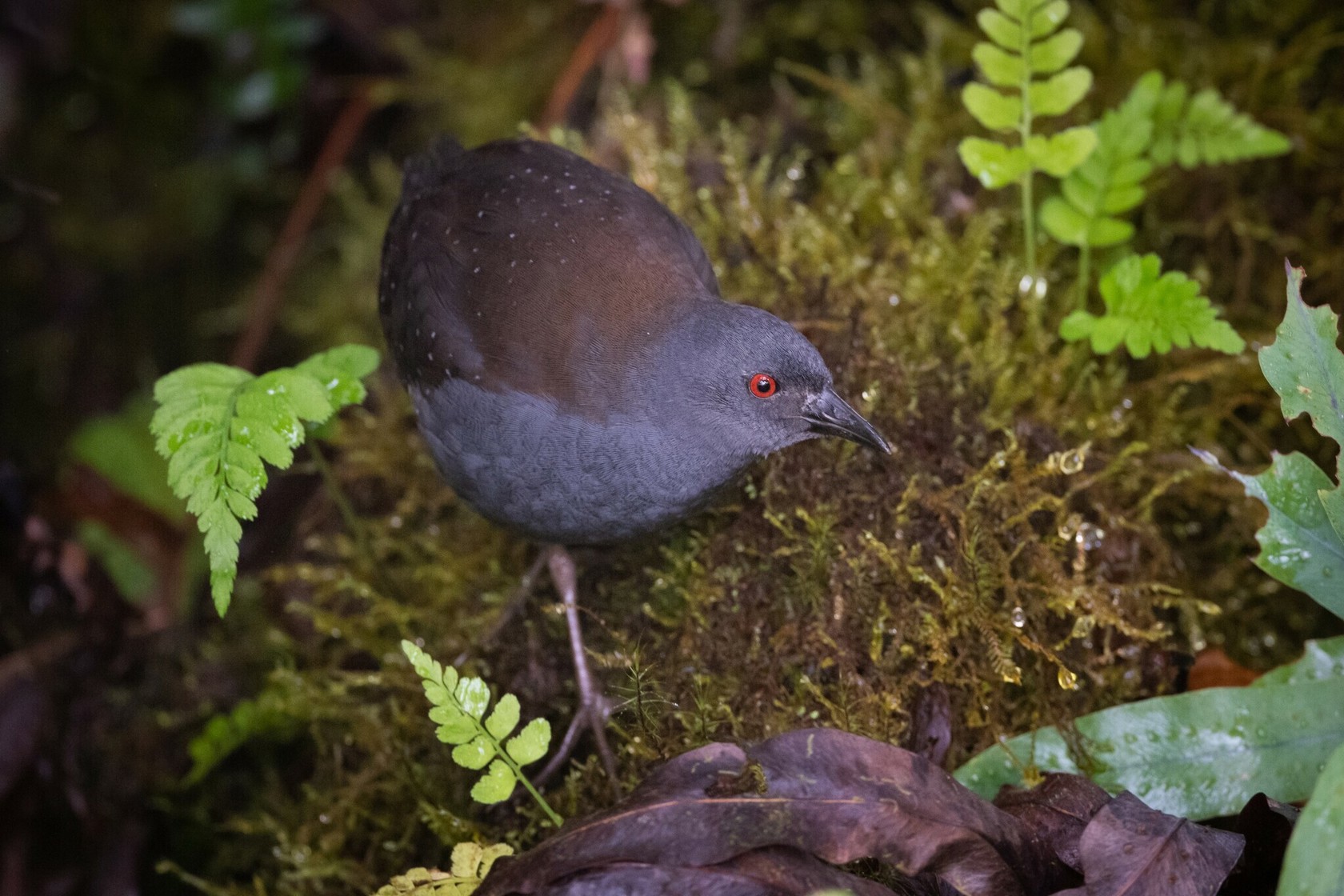
“The rediscovery of the Galápagos rail confirms what we’ve seen on islands worldwide—remove the invasive threats, and native species can recover in remarkable ways,” said Island Conservation’s Paula Castaño, Island Conservation’s Conservation Impact Program Manager, Reintroduction and Risk Mitigation and resident expert in species reappearances—especially in the Galápagos. “This is an incredible win for Floreana, and fuels our excitement about what other native species might resurface as the island continues its journey toward ecological recovery.”
Commenting on this discovery, Jeff Dawson, Field Programmes Manager at Durrell commented, “This amazing rediscovery on Floreana demonstrates the value of restoring islands through the removal of invasive species - that native species even those once thought lost can start recovering in such a short space of time. It is a really encouraging start to the restoration of Floreana’s biodiversity and ecology.”
Wilson Cabrera, a local Island Restoration Specialist with Jocotoco, may have been the first to spot the rails during his fieldwork before official evidence was collected. “I am very excited to be part of the monitoring work on Floreana Island and to share this great news about the presence of the Pachay on the island. This finding is a reflection of the ongoing efforts dedicated to the ecological restoration of Floreana and a further step towards the conservation of its biodiversity.” [translated from Spanish]
Next, scientists must use genetic sampling to determine whether these newly recorded birds are from a self-reintroduced lineage or whether there was a tiny population of rails that survived, undetected, for 190 years. This early recovery is a great sign for Floreana. As part of the project, we and our partners plan to reintroduce 12 locally-extinct species to the island—and the Galápagos rail is one of them. With a local population already establishing itself, chances are good for a successful reintroduction. Soon, we hope, Floreana’s grasslands will be home to a large, thriving colony of rails. And it gives us hope that there might be even more “extinct” Galápagos species to find!
This project was made possible thanks to funding from the UK Government through the Darwin Initiative, Aurum Fund Management Ltd., The Tresanton Trust, Galapagos Conservation Trust, Re:wild, Island Conservation, Durrell Wildlife Conservation Trust, Blue Action Fund, the Konrad Lorenz Research Center for Behavior and Cognition at the University of Vienna, International Galapagos Tour Operators Association (IGTOA), National Fish and Wildlife Foundation, Bezos Earth Fund, Global Environment Facility/CAF, FIAS/FEIG, Lindblad Expeditions-National Geographic Fund, Galapagos Conservancy, COmON Foundation/Fundación Charles Darwin, Canodros, and Splendor.
Original press release by Bren Ram, Island Conservation.

